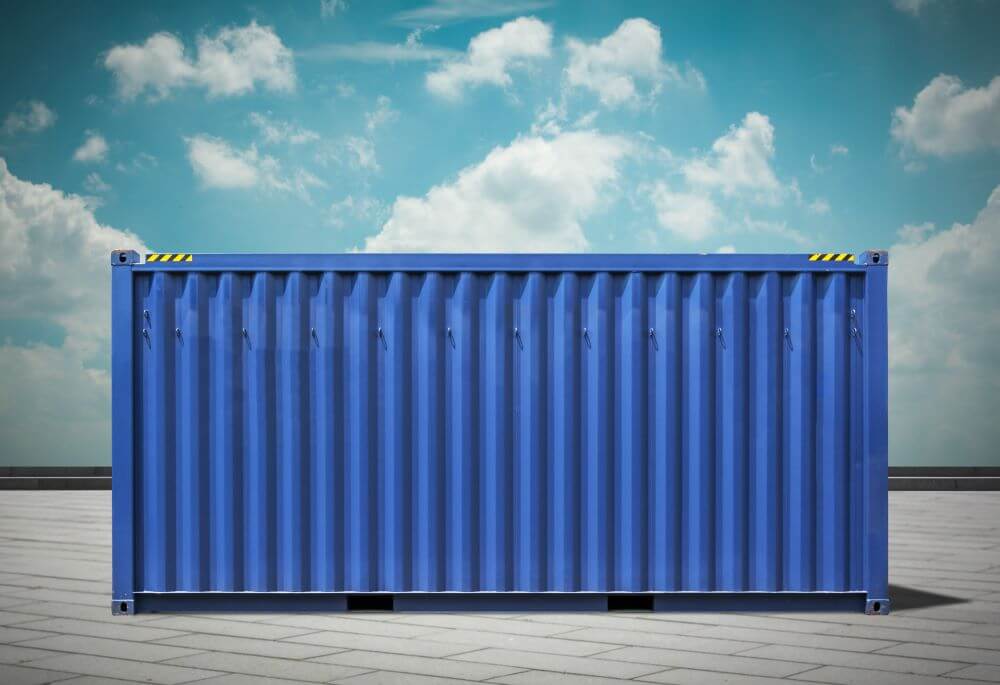Creative and utilitarian adaptations now frequently call for shipping containers. These storage containers provide countless opportunities for reusing their robust construction and adaptable design into functional spaces. Whether for dwelling, pleasure, or employment, these containers can be modified to fit different demands. Urban settings, backyard expansions, and mobile solutions all benefit from their small scale. Here’s how to quickly and practically turn a 20-foot storage container into a functional area.
1. Layout and Purpose Planning
Finding the use of your container space is crucial before beginning the transformation. Whether your need is for an office, guest room, small house, or workshop, a well-defined layout helps to maximize the available space.
Designing an effective arrangement with multifarious furniture and storage options can improve usability since 20 ft storage containers offer a limited but useful area. To guarantee comfort and economy, consider elements such as insulation, ventilation, and lighting.
2. Comfortable and Efficient Insulating
Maintaining a pleasant temperature within the container depends on appropriate insulation. The metal construction could get overly hot in summer and very cold in winter without insulation. Effective indoor temperature control comes from choices including panel insulation, rigid foam boards, or spray foam.
Including ventilation systems and weatherproofing materials will help to maximize energy economy and airflow. Whether for living or business use, these components create a more livable and useful environment.
3. Setting Windows and Doors for Natural Lighting
Any space becomes more inviting and functional with ample natural lighting. Adding large windows and doors enhances air circulation in addition to letting in natural light. French or sliding glass doors will give the container a contemporary and open impression.
Skylights are another excellent feature, particularly in cases of limited wall space. Strategically placed windows will improve brightness while preserving security and privacy.
4. Applying Intelligent Storage Solutions
Maximizing storage is crucial as a 20-foot container offers limited room. Under-bed compartments, foldable furniture, and built-in shelves can aid in organizing the space.
Vertical storage options, including pegboards or wall-mounted shelves, keep things off the floor while allowing easy access. Customizing storage choices depending on the purpose guarantees effective use of every inch of available space.
5. Improving Aesthetics Using Interior and Exterior Finishings
Apart from its utility, a well-designed container space should be aesthetically pleasing. Warmth and style can be added with interior finishes such as ornamental wall treatments, wood paneling, or drywall.
Flooring choices like vinyl, laminate, or even polished concrete offer durability and a pleasing appearance. Painting or cladding the container with metal or wood panels will improve its overall look and help it blend with the surroundings.
6. Including Needed Tools and Services
Installing basic amenities such as plumbing, electricity, and air conditioning will make the container completely functional. Solar panels are an excellent energy-efficient choice to power lighting and appliances.
Practical solutions for water supply could include small water tanks or a rainwater collection system. Smart technologies like temperature control or automatic lighting further enhance convenience and usability.
Transforming 20 ft storage containers into a functional room is a creative and reasonably priced approach to creating a distinctive space. Whether utilized for living, business, or pleasure, a well-made container provides adaptability and effectiveness. Proper planning, insulation, lighting, storage, and basic utilities will turn this small space into a quite pleasant and extremely useful place. By perfecting every element, a basic storage container can transform into a stylish and completely functional space fit for various purposes.




